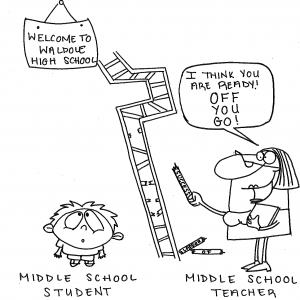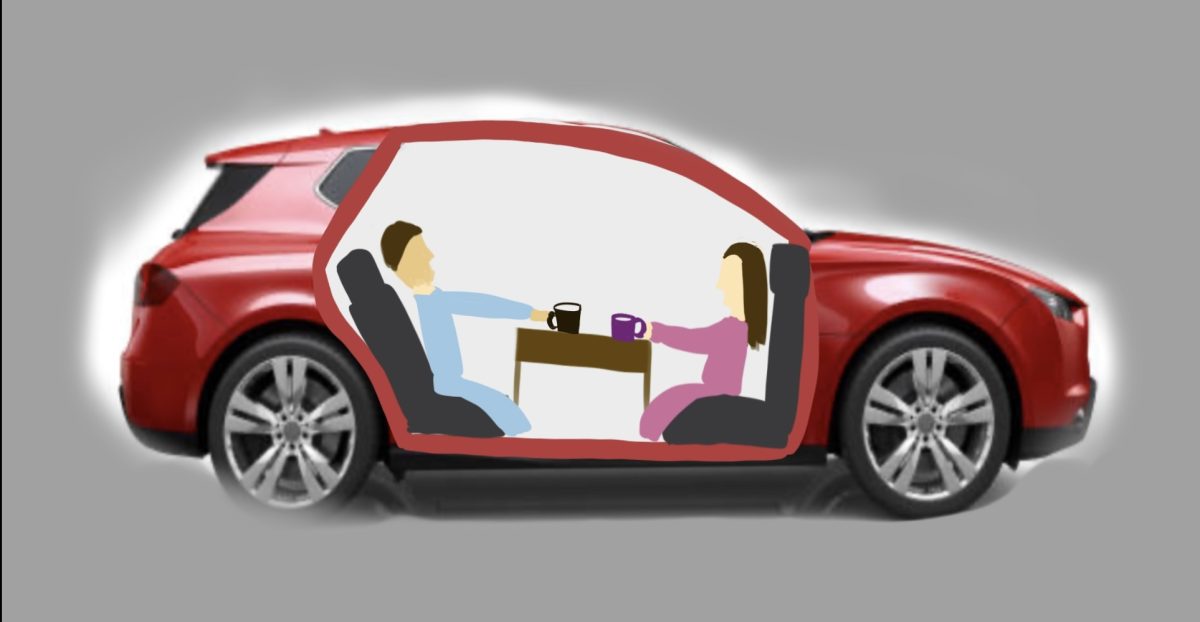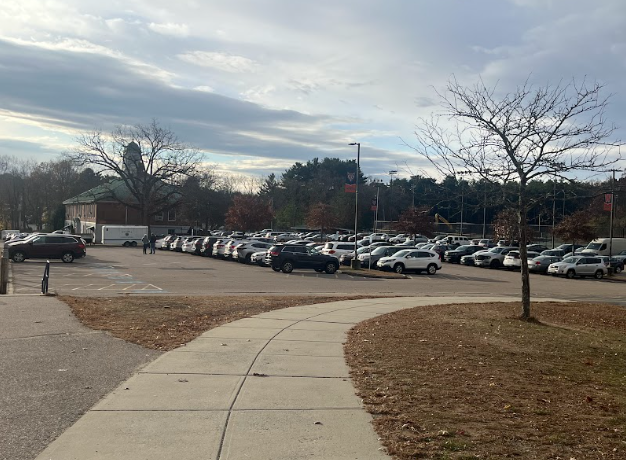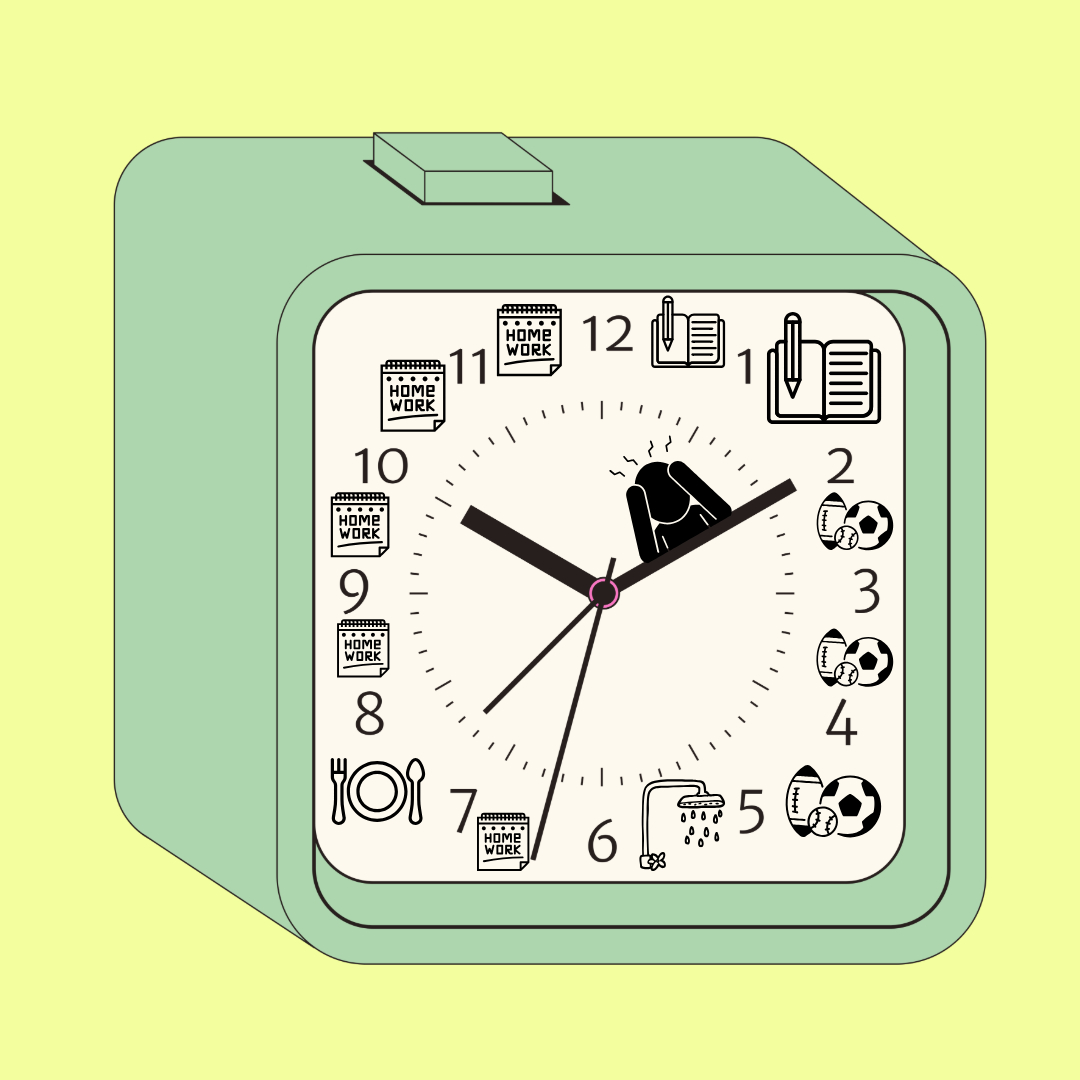
In every student’s life, he or she must make the transition from middle school to high school. Though this major change in his or her life may be an exciting one, it presents a new reality filled with unexpected challenges.
Students must be prepared to change their outlooks on their academic courses and face the facts about high school: A’s are not easy to get and should not be taken for granted. Though a student may be at the top of their class with a 4.0 GPA in Middle School, they could become a consistent B-level student in high school; however, grades in the 80s should not frighten anyone, as a grade such as a B in an honors class is the equivalent of an A in an CP1 class, though the grades may not look the same. In a recent survey conducted by The Rebellion, 75.7% of high school students feel that honors courses are beneficial to their academic experience; however, 83.5% of current high school sophomores and juniors felt at least a little bit overwhelmed by the work they received, and 37.1% felt completely overwhelmed. Entering the high school, 64.8% of middle schoolers only feel somewhat prepared for high school classes.
In relation to the harder courses that are offered in high school, middle school teachers should start to think about offering more academically-challenging courses to help prepare their students for the tougher courses ahead. Some may argue that there are already advanced English and Mathematics classes offered to students in middle school to help prepare them for honors classes, and students must be willing to be proactive about their academic future as well — once they reach high school, it may become too difficult to find time to seek supplementary education.
While these more challenging classes do exist for middle school students, they do not compare to the amount of work that students must complete in high school, even if a student takes charge to seek further education in middle school, which makes it difficult for students to adequately prepare for their upcoming high school courses.
For example, according to the LA Times, the average middle school student gets 3.2 hours of homework per week while the average high school student gets the same amount per weeknight, limiting the amount of time a student can dedicate to an individual course.
Also, since students spend 8 hours a day dedicated to normal school time, they will have limited hours for extracurricular activities that will be necessary (in addition to good grades) to get into a good college, which is the ultimate goal for most students. In response to the recent survey, 60% of high schoolers admitted that the hardest thing to adjust to in high school was balancing academics and extracurriculars, as they explained how they felt stressed about the increase of work in their classes and their time management. Yet, 85% still feel that extracurriculars are important. For middle schoolers, 61.7% want to play sports in high school and 90.1% are thinking about participating in extracurricular activities. Even before they reach high school, 50.7% of middle schoolers think that they will be overwhelmed by balancing academics and extracurricular activities. How can we expect students to enter high school completely ready to take on both the more vigorous demands of challenging academic courses and extracurriculars and sports that require large amounts of time commitment without help?
With the drastic schedule changes and new difficult classes in high school, students should be prepared to take on new challenges of high school; however, they should not try to prepare on their own— the responsibility for preparing also lies within how the teachers prepare their students for the new high school curriculum. If the students and teachers find ways to work together throughout middle school, they will be able to help make the transition from middle school to high school an easy one.













